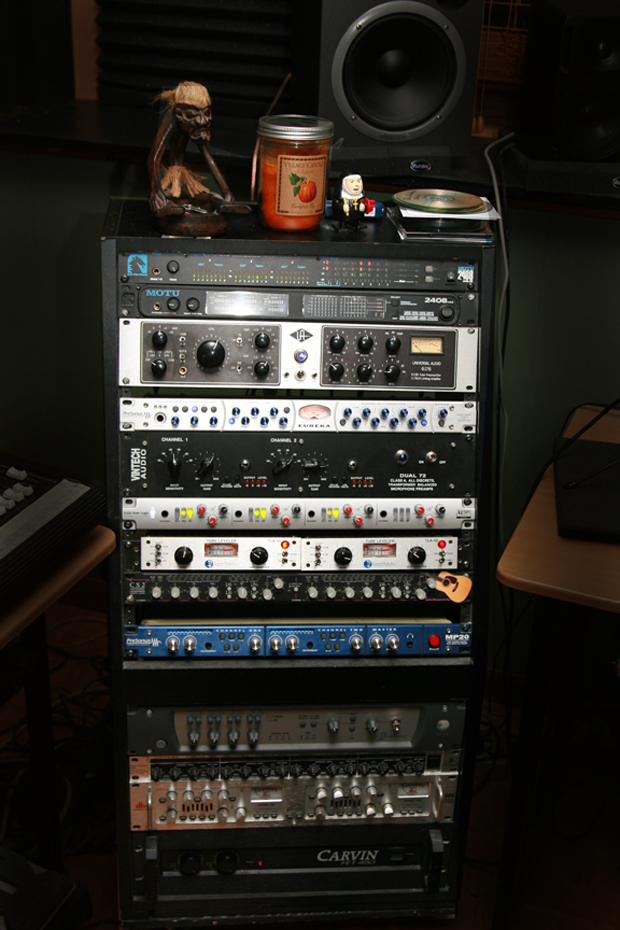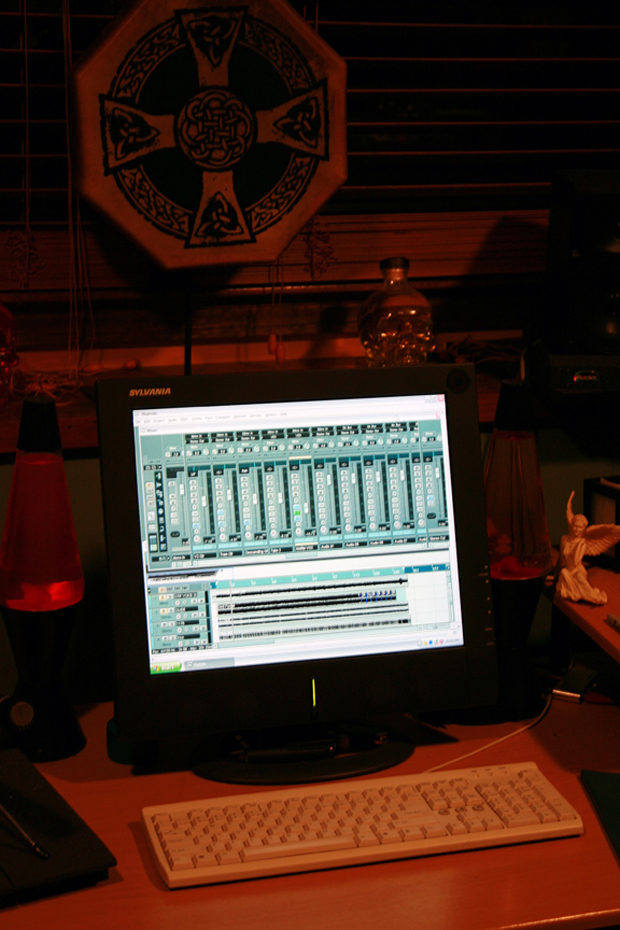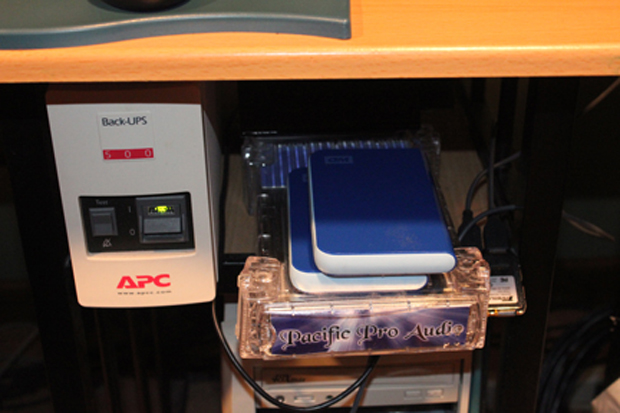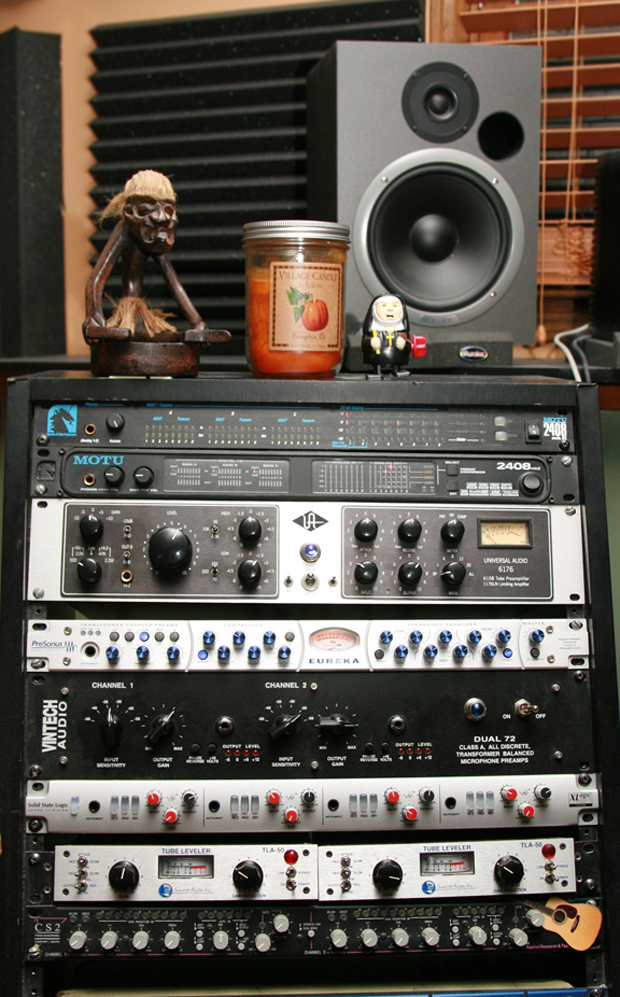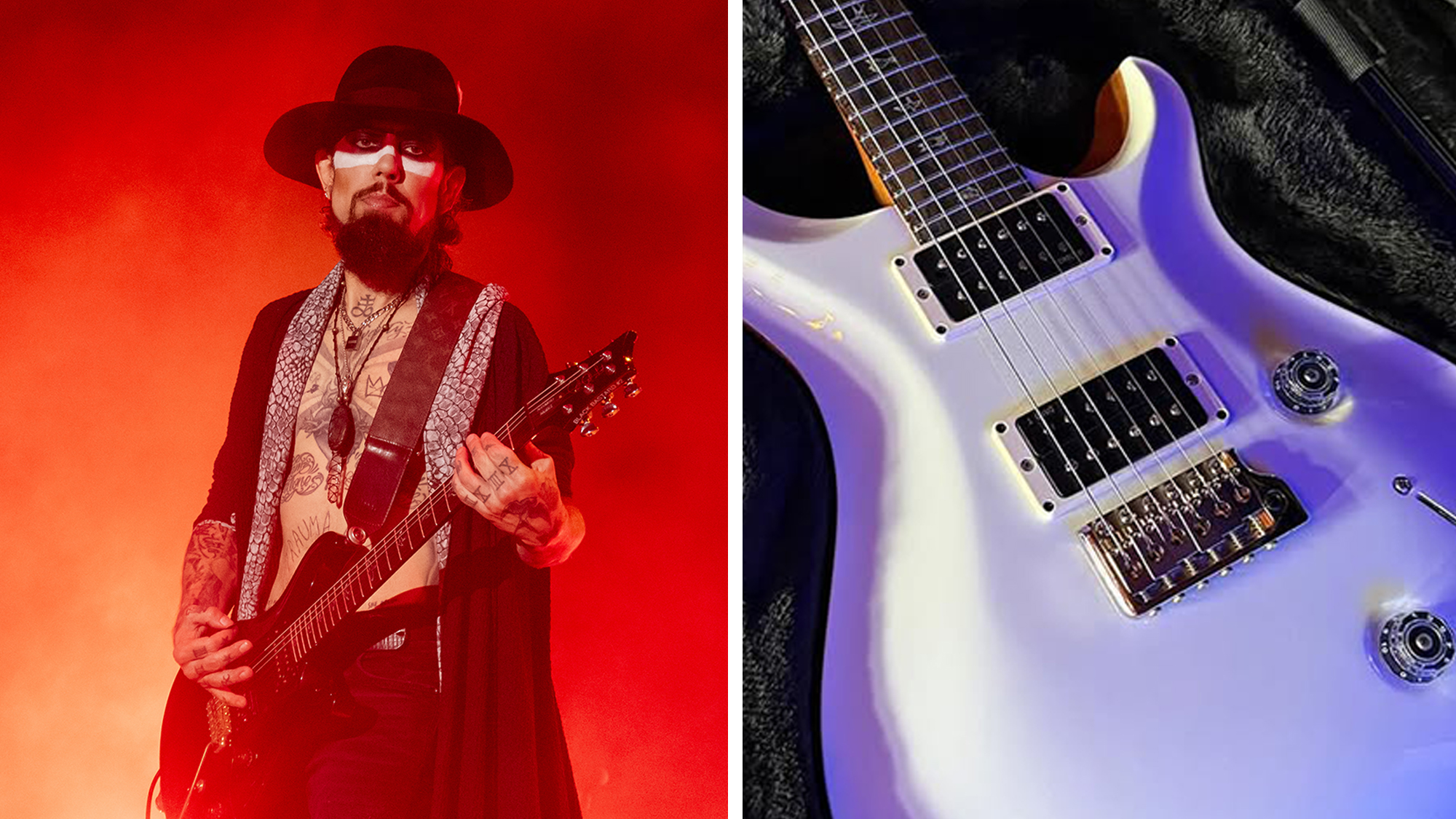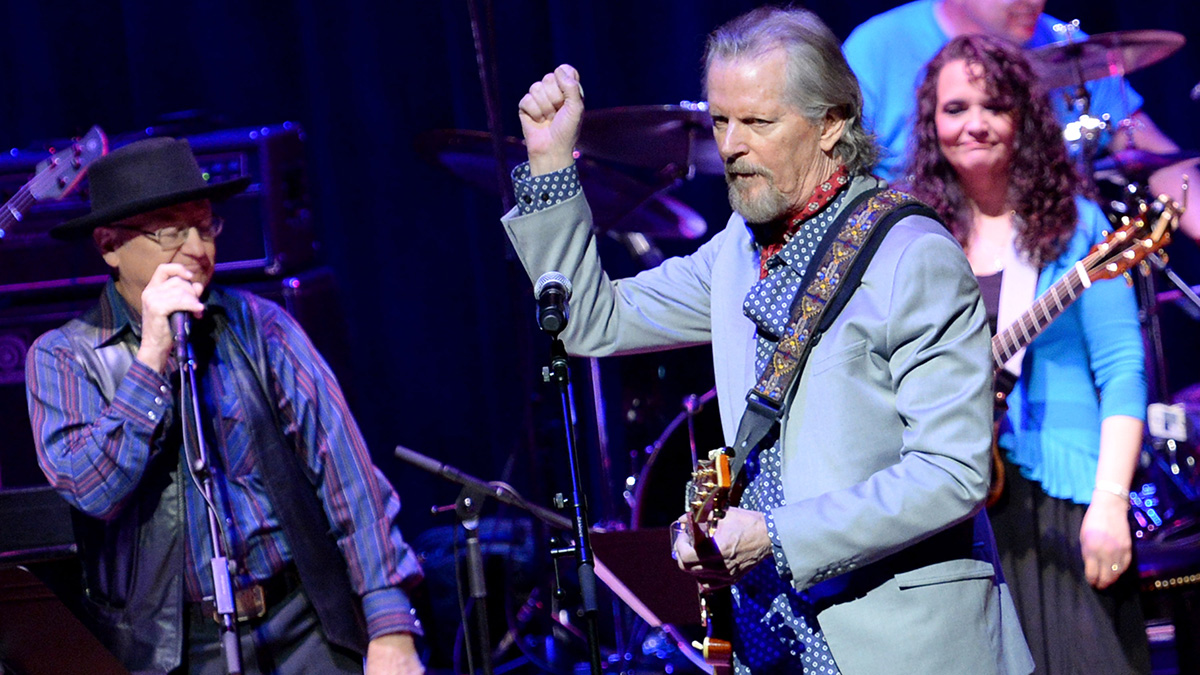Session Guitar: Required Software for Home Recording Sessions
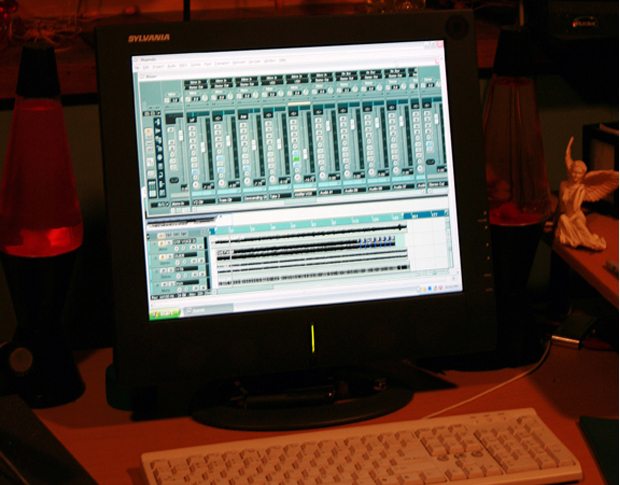
This week, we're going to look at what you really need, computer-wise, to do sessions at home.
Back in the day, a session player ran from studio to studio, trekking his/her guitars, amps and effects. Usually there would be charts to sight read, other musicians playing at the same time, and time constraints to get it done quickly and correct.
Occasionally this happens in 2011. However, most of the time, sessions are sent via the Internet, and parts are recorded in the comfort of your own home. Time is usually not a factor, nor is the ability to sight read (or to get out of your pajamas).
But I do get calls asking if I can have a 30-second piece of music written and recorded and sent back within the hour! Of course, the answer is always YES! It happened recently for a popular beer that needed a song for an Internet commercial. You’d be surprised what you can do when the pressure is on.
Now, what software is best/necessary to do professionally compatible sessions at home? There are so many choices, so many options and a wide range of prices. Guess what? Don't let salesmen fool you. You do not need Pro Tools. If you use it, great! If not, great! Use something else.
I know just as many PROFESSIONALS using Acid, Sonar, Nuendo, Logic and Cubase as well as PT. Any one of these can export and import end to end WAV or AIFF files. That means instant compatibility! The sound of certain software does differ, but not that much, and certainly not enough to stop you from handing over a professional-sounding product.
You also will need a breakout box. AD Converter. These seem to have more of a sound influence on your recordings; but once again, not that much. If all you can afford is the smallest M Audio, buy it! I use and love MOTU; I do not use APOGEE. Why? They are reliable and also seem to sound warmer and less strident. Just an opinion? Maybe, but I have been at this for a while.
Get The Pick Newsletter
All the latest guitar news, interviews, lessons, reviews, deals and more, direct to your inbox!
PC or Mac? It doesn't matter, as long as it is powerful enough. And please do not keep your studio computer online -- only when necessary, like when registering software or downloading updates. I don't even use mine for sending or receiving files.
The biggest and most important thing to do is have a dedicated drive for your audio. Programs on C. Audio work on D. And backups on as many drives as you can!
Next time we’ll be looking at where to find work to build a reputation and future client list.
Have a great week.
Ron Zabrocki on Ron Zabrocki:I’m a session guitarist from New York, now living in Connecticut. I started playing at age 6, sight reading right off the bat. That’s how I was taught, so I just believed everyone started that way! I could pretty much sight read anything within a few years, and that aided me in becoming a session guy later in life. I took lessons from anyone I could and was fortunate enough to have some wonderful instructors, including John Scofield, Joe Pass and Alan DeMausse. I’ve played many jingle sessions, and even now I not only play them but have written a few. I’ve “ghosted” for a few people that shall remain nameless, but they get the credit and I got the money! I’ve played sessions in every style, from pop to jazz.
